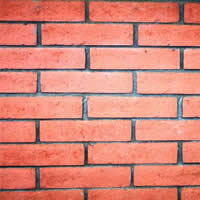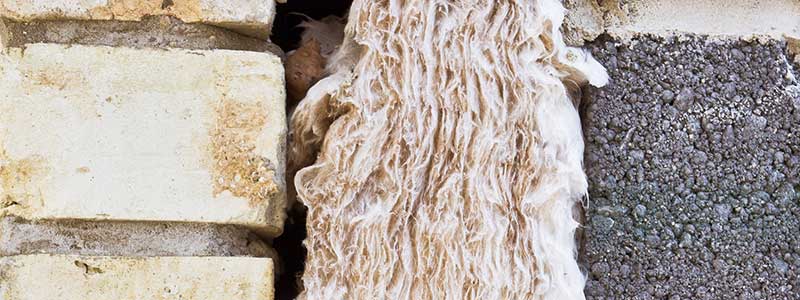Cutting Heat Loss Through the Walls of your Property
 Figures show that up to half of your heat is lost through un-insulated walls. It is possible to prevent around 70% of this from being lost by installing cavity wall insulation. Typically this would result in a heating bill saving of around 25%.
Figures show that up to half of your heat is lost through un-insulated walls. It is possible to prevent around 70% of this from being lost by installing cavity wall insulation. Typically this would result in a heating bill saving of around 25%.
As well as saving money and keeping you warm, this will also have a significant impact on the amount of CO2 that is generated as a by-product of heating your home. CO2 is the largest contributor to global warming and by making your house energy efficient you can reduce the amount that you generate.
Modern housing is considerably more energy efficient than houses built before 1982 due to changes in building regulations which meant that new build homes had to be better insulated and it is unlikely that homes built from 1982 onwards would benefit greatly from additional insulation.
The installation of cavity wall insulation is clean, quick and inexpensive process whereby the installer injects the insulation in between the inner and outer courses of brickwork filling the void between the two, trapping air in pockets and creating a very effective barrier against heat loss.
Cavity wall insulation will make your house feel warmer as it will not be subject to rapid temperature changes brought about by changes in the outside temperature. As a result, your central heating will be able to cope more easily as it will only require short bursts of heating to maintain your chosen temperature.
There are 3 different types of materials that may be used depending on site conditions and your installer will choose one accordingly:
– UF (Urea Formaldehyde) Foam:
This foam is injected into the building where is will run into the smallest areas to provide a solution that is as complete as possible. It is water based and sets shortly after installation with the water content evaporating though the exterior brick course. It works by trapping air bubbles inside the foam to reduce heat loss.
– Mineral Wool:
Spun from glass fibre or rock and considered to be indestructible, it is treated with a water repellent during manufacture and resembles the ‘wool’ used in loft insulation.
– Expanded Polystyrene Beads:
Individual expanded polystyrene beads are blown into the cavity and are mixed with an adhesive that binds them together creating air pockets as with UF Foam.
Further Information
The National Insulation Association Ltd can provide you with the details of an Association member in your area who can give you more information or a quotation.
You may also wish to look at http://www.ciga.co.uk/, which is the web site of the Cavity Insulation Guarantee Agency – they provide independent 25 year guarantees on installations carried out by registered contractors and provides a list of their registered installers on their web site.
Grants are available for cavity wall insulation and more information can be found in the grants section.

